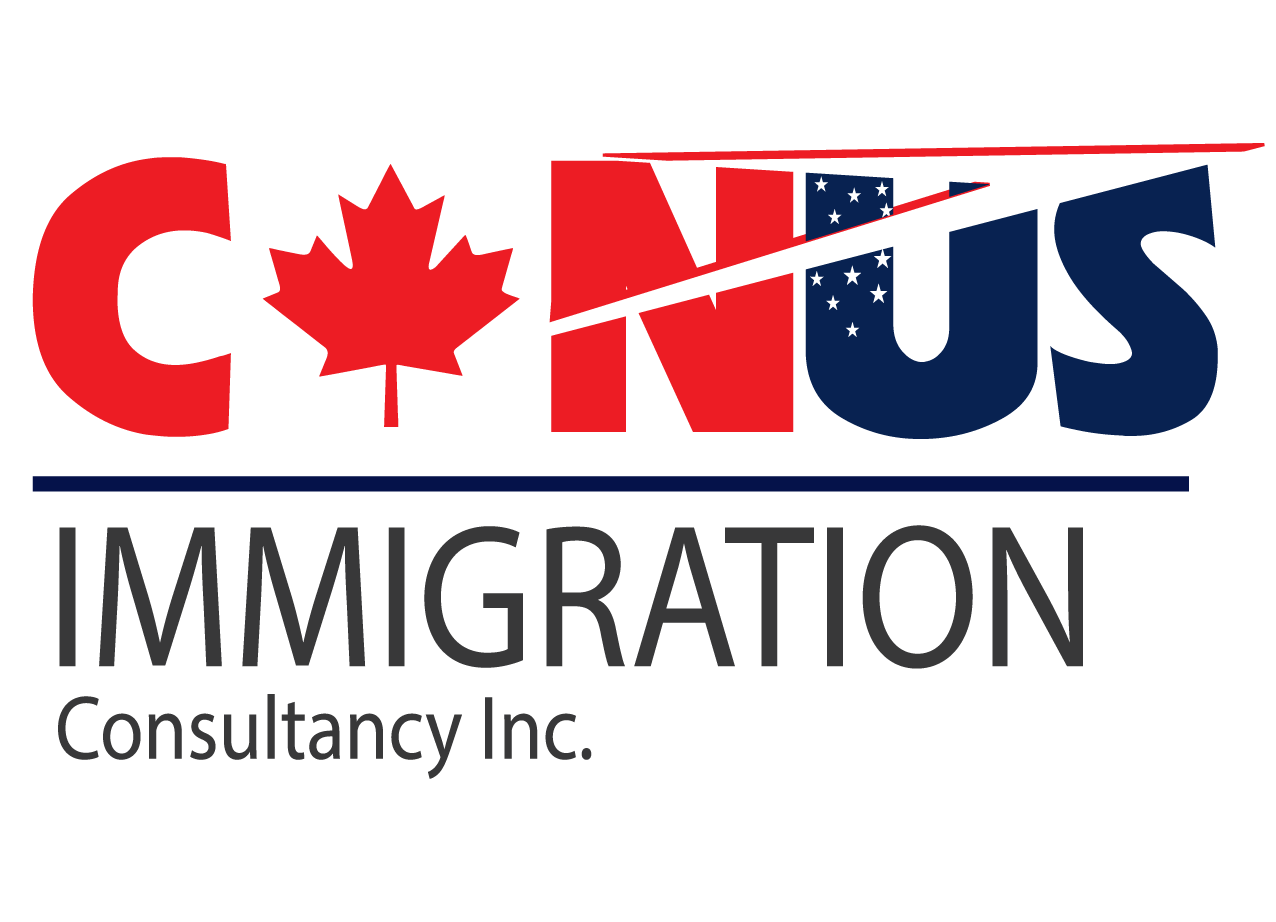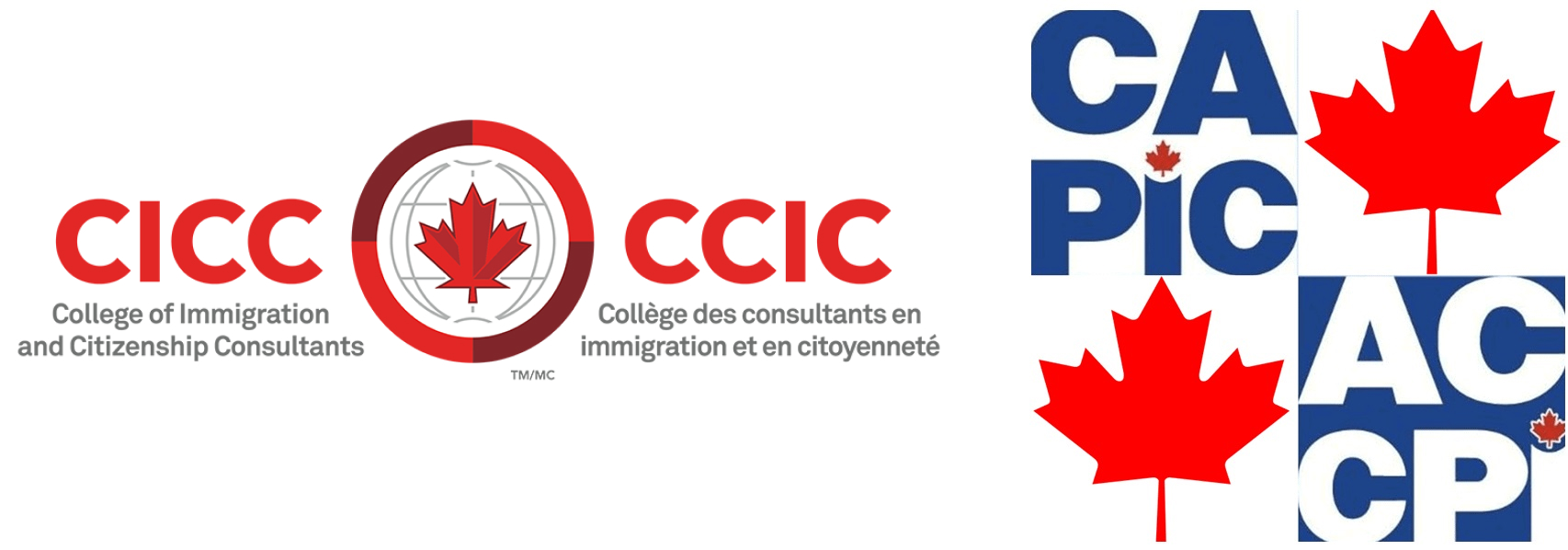Alberta is the fourth largest province in Canada and a popular choice for newcomers. Source: CIC News If you are interested in immigrating to Alberta and do not have a job offer, the Alberta Express Entry stream may be a great option for you. While the most popular immigration route in Canada is known as...
Immigration applicants no longer need to wait until 4 months before their work permit expires to apply for a BOWP. They may be eligible for a BOWP even if their work permit expired. Source: CIC News Canada recently announced changes to the Bridging Open Work Permit (BOWP) program that will make it more accessible. BOWPs...



